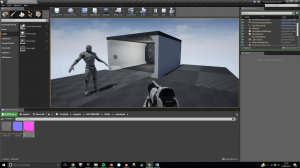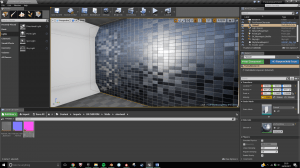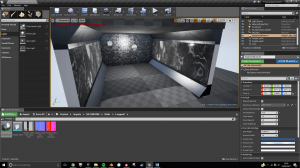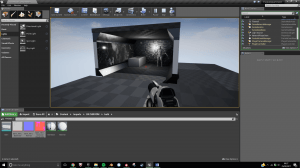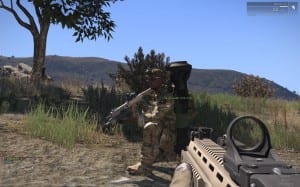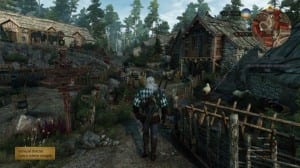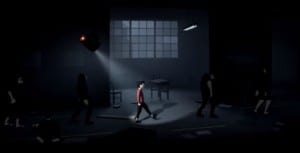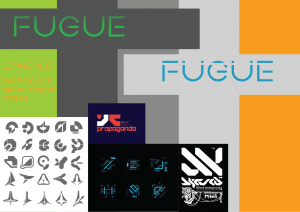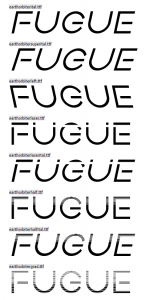What are blueprints?
Blue prints in unreal engine are a nodal based system giving creators near limitless creativity to what they are creating within the engine. Blueprints turns what might of been a 3D modelled and textured environment into something a player can interact with or cause a reaction to happen due to something a player might of done. As it is a nodal based system this equals a non destructive workflow, meaning that if something needs to be changed it can be without having to redo work. The game creator can just select the node that needs tweaking. These changes will then ripple down the workflow as it goes through other nodes until it reaches the end which is the final output.
The use of Blueprints means beginners can create complex games without the knowledge of coding. Which is often was discourages people from the video game industry.
Light Switch and making it an interactive object
I decided as part of my research into how blueprints worked I thought that I could model a light switch for my apartment and use the blueprint system to cause lights to switch on and off. The result of this will turn what was more of a 3D photograph in a video game.
Interaction Work-flow
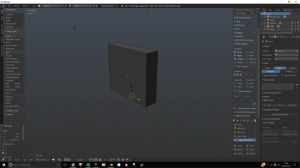
First Step was to model the light switch in Blender. I did this by transforming a cube into the shape I required.
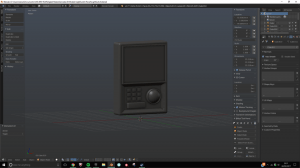
I then went on to add other shapes into the mesh itself. I added extra cubes for the buttons and a sphere which makes up the houses Ai ‘eye’. I took inspiration from Stanley Kubrick 2001: A space Odyssey. As the Hal, the Ai featured a red sphere as an eye.
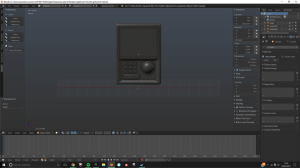
I made sure that all the rotation and scale had been applied ready for Uv Unwrapping
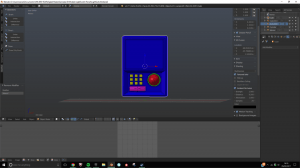
I went on to creating a colour Id map to make my process a bit easier when it came to texturing in substance.
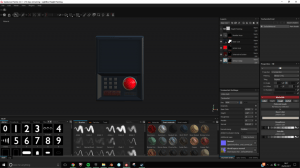
I textured in substance to create the desired finish for the light box. I deliberately left a space at the top so that I can add video textures, ready for when I import it into unreal engine later on. I combined various materials that had various specular properties such as the matte paint and red glass.
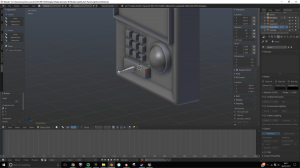
I began by joining all of the separate meshes and joining them together an object called a ‘bone’ and pairing it with the button. This was achieved through weight painting. I was able to accurately choose how to select which faces are affected by the bone by selecting the required vertices.
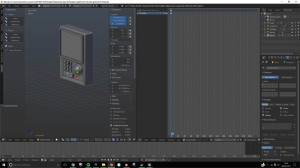
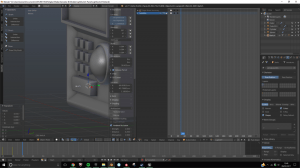
I began to animate by placing a keyframe and them moving along the time line and then transforming the object to the required position and placing another keyframe. I repeat this process once again until I have the required animation sequence.
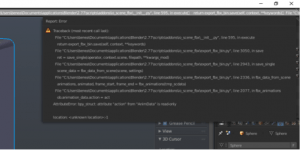
When exporting the first time I hadn’t joined the mesh together so when it came to the exporting I encounter the problem that not all of the model exported into unreal and in addition to this the animations didn’t correctly link together. I then realised that this was due to the full model being made up of separate meshes.
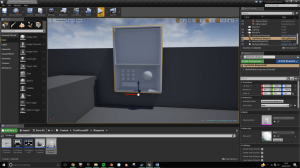
I managed to import the model into Unreal engine after fixing the issue of multiple meshes.
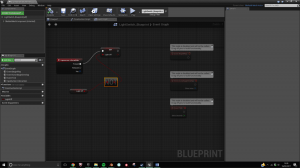
I was following a video tutorial showing how to properly set up a blueprint that triggers and animation alongside a reaction. In this case, it is a light switch being linked to an action.
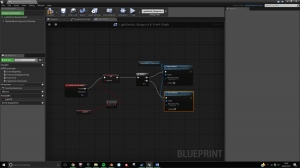
I followed a tutorial which showed how to create the blueprint to toggle the light, once this was done I made sure to compile the blueprint to enable it to work.
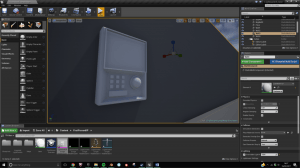
I scaled the model down to a more reasonable size so that it would be more proportional to the other objects and first person viewpoint.
After a while of attempting to get the animation to import incorrectly, I kept having the same issue with my model which was that the animation wasn’t importing correctly. After a considerable amount of unsuccessful attempts and watching various different tutorials on the internet. I decided that I would come back to it I had time later on and that I would leave it for now and move one with other parts of my project.

